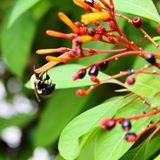
NPS Files Park staff have recently planted a pollinator garden,near the visitor center. Insects,like bees and butterflies, are struggling due to pesticides and habitat loss. We are trying to help these important species by planting pollinator-friendly plants, like milkweed for monarch butterflies. Flower gardens can be planted anywhere; even a flowerpot on a porch, balcony, or deck will work. 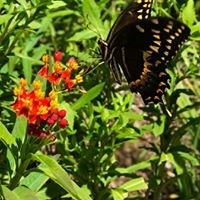
(Papilio polyxenes). They may be attracted to gardens containing carrot and parsely plants. Swallowtail caterpillars are known to dine on fennel plants in the park's herb garden. 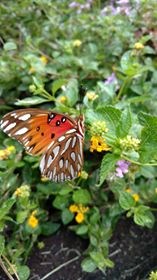
NPS Files 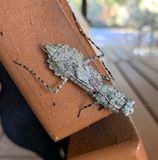
NPS Files 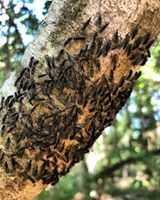
NPS Files |
Last updated: May 12, 2020
